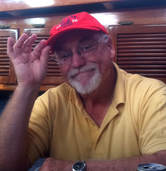 Since he was a boy, John Collins has been fascinated by paper airplanes. Who isn’t? Most of us have folded the familiar dart-shaped classroom airplane. Good fun. And it’s science. Big and small aircraft depend on the same four principles: weight (of the craft), drag (wind resistance over the craft), lift (upward force from air passing over the craft’s flight surfaces), and thrust (what pushes the craft). A 747 Jumbo Jet and a paper airplane depend on the same forces. Collins wanted to fold this aeroscience into paper. But how to build (fold) complex principles into something so small? He found the ancient Japanese art of origami and used its sculptural tricks. He created paper aircraft that do astonishing things. One comes back in a horizontal circle, like a boomerang. Another flies up, turns over and comes back vertically. One actually flaps its wings as it glides slowly. To John, they’re all working science experiments: every flight leads to some knowledge and to new ideas for tweaking the aircraft so it flies better. John Collins became “The Paper Airplane Guy.” He believes that scientific research happens everywhere, every day. He says, “It doesn’t take computers, lab coats, microscopes and the like. It takes a hunger to know. Science is just the structured way we find stuff out. The science you can do with a simple sheet of paper is no less important than what can be done with an electron microscope.” On February 26, 2012, John and Joe Ayoob stood in a big, windless aircraft hangar with John’s best-so-far flyer, Suzanne. (He named it after his wife.) Joe was a professional football quarterback who learned to throw Suzanne hard but steady, not like a football but like a delicate piece of origami. Joe threw Suzanne up, up, and it dived down to fly – really fly – 226 feet and 10 inches, the Guinness World Record for distance thrown. John wanted paper airplanes to welcome young people into science. He started a National Paper Airplane Contest called the Kickstarter Project with a big prize for anyone who throws Suzanne farther than Joe. Or you could throw your own better, more aeronautically elegant paper airplane. It was a simple, scientific task. Every paper airplane and every flight would be a new experiment, just as important as the Wright Brothers’ Kittyhawk flight. Science isn’t just geeks and labs; we’re all part of it. The project didn’t get support and ended. John would like to direct people to www.TheNationalPaperAirplaneContest.com. Air and Science museums across the country will be hosting events. The museums get three Fly for Fun Days; STEM education days that teach basic flight concepts and skills for the national contest. Jan Adkins is a member of iNK's Authors on Call and is available for classroom programs through Field Trip Zoom, a terrific technology that requires only a computer, WiFi, and a webcam. Click here to find out more. MLA 8 Citation
Adkins, Jan. "Flat Paper Flight." Nonfiction Minute, iNK Think Tank, 9 Apr. 2018, www.nonfictionminute.org/the-nonfiction-minute/flat-paper-flight.
1 Comment
11/14/2018 10:04:34 am
the person speeking is relly sounds like it is gevin the back ground to it.
Reply
Leave a Reply. |
Check out our new podcasts in the iTunes Store and on KidLit Radio.
|


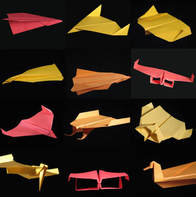
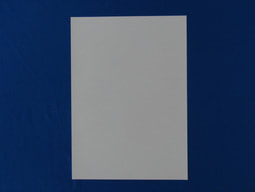
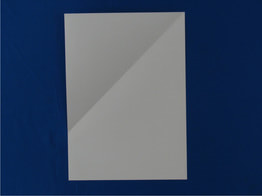
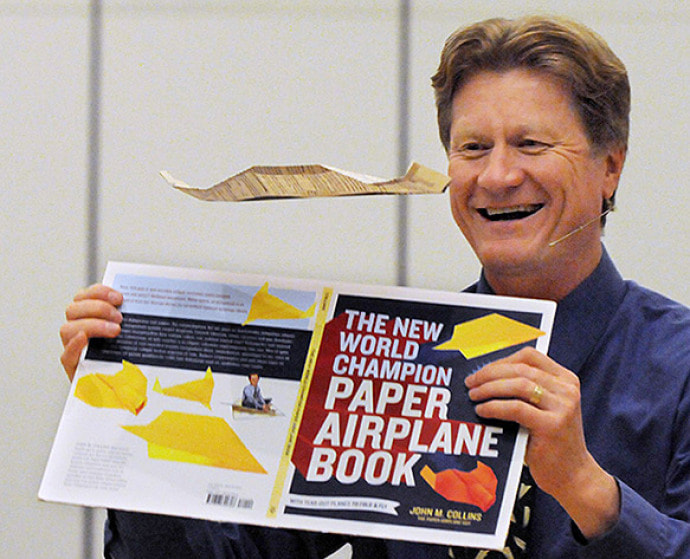
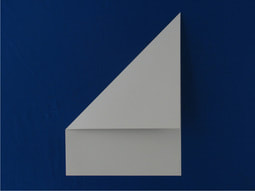
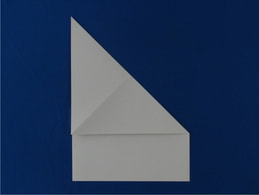
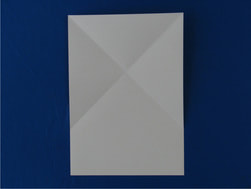
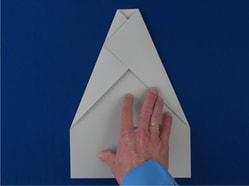
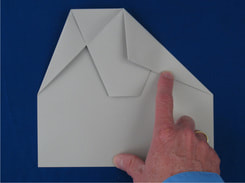
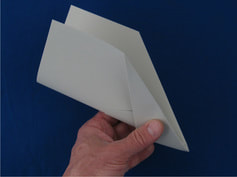
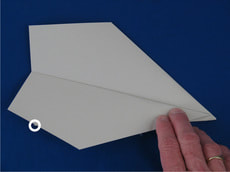
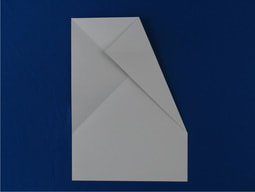
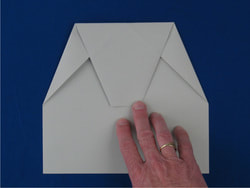
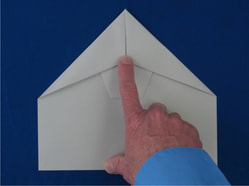
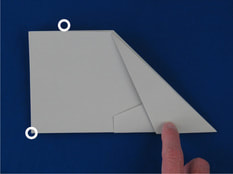
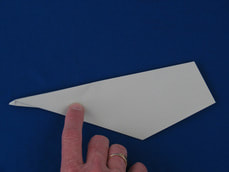
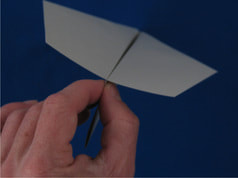
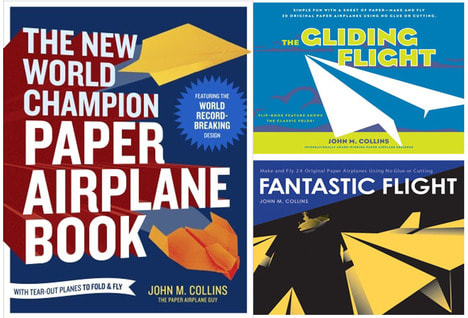

 RSS Feed
RSS Feed
